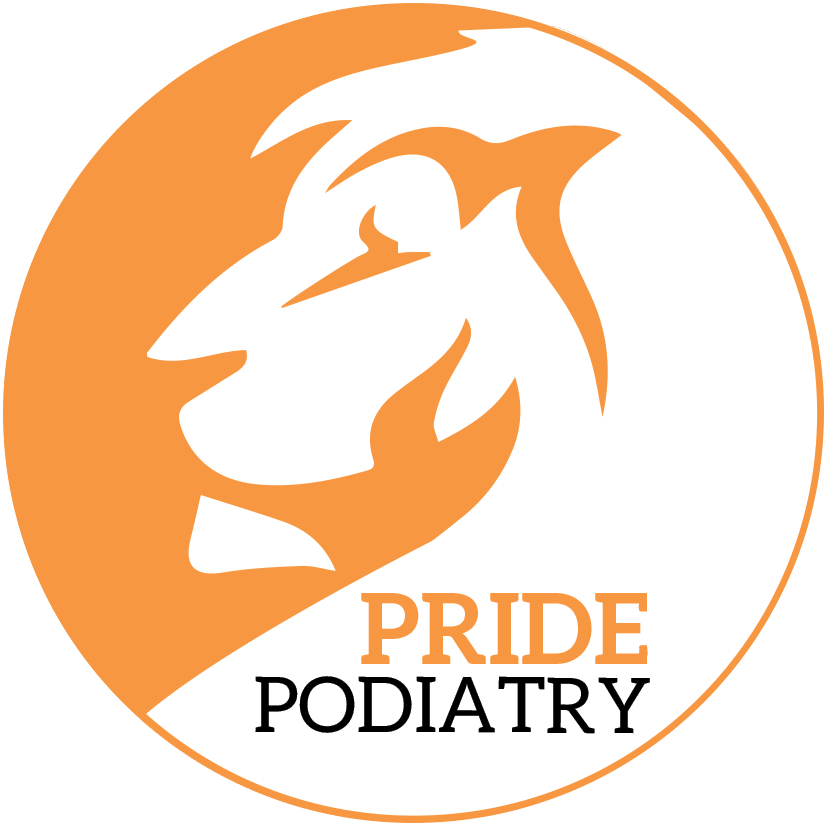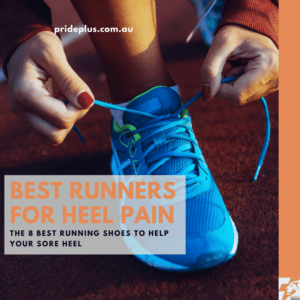We’ve called Pascoe Vale our home for over 7 years now. In that time we’ve seen athletes from all the Pascoe Vale sports clubs get back to playing at their best. We’re talking all sports and all ages! Our physios have provided treatment for a variety of different sports injuries. And our podiatrists fixed many sore sporting feet. Our EPs have even prevented their fair share of injuries with training plans specific to your chosen sport and physical needs.
After the start of this season however we’ve noticed a change. Something different is happening in Pascoe Vale. We’re seeing more and more sports injuries than ever before. With Football (🏉) and Football (⚽) both coming back after a long lay off soft tissues a popping around the Pascoe Vale sports scene like never before.
We’re talking hamstrings, calves and quads. There’s also an increase in ankle injuries on the footy grounds and the courts too.
So what can we do about it?
Well, depending on your sport and your injury, heaps! Let’s get stuck in.
Pascoe Vale Sports Injuries
We’re going to break this down to a couple of different injury groups. If you’re interested in finding out the difference between a physiotherapist and an exercise physiologist and which one can help you the best take the free quiz here.
Soft Tissue Injuries
Soft tissue injuries that affect muscles and tendons are all the rage right now. And not in a good way! Let me take you through the basics first, it will all make sense in the end.
So, our hamstrings tear (or strain) pretty consistently when we ask them to do more than they can handle.
That might feel obvious to start… Of course Tim, if I pull on my hamstrings too much they will twang! Well, yes, but the difficult part for us to determine is how much is too much?
Why can I run and kick the footy 35 times (ok, that’s a few more kicks than I even got in my career) and on the 36th kick it goes? Why could I play 4 quarters last week but it went snap in the 3rd this week?
Great questions which are frustrations that we hear in clinic every day after an injury on the Pascoe Vale sports fields on the weekend.
It’s quite complex and yet simple at the same time.
Why Tendons = 🔋
- Charge them up with sleep, nutrition and good stress levels
- Tensile loads use a little charge, compression loads use a big charge
- Smart training = bigger battery
- Over training drains your battery and does not give it time to recharge
Soft Tissue Injury Details
Our soft tissues have a total capacity to do work. Think of it like the battery on your phone. When we use our muscle or tendons, the battery level drops… get it to 0% and your very likely to suffer a tear or a strain.
Now the complex part.
Charging our battery involves rest, sleep, good nutrition and the right levels of stress. We can even increase the amount of charge we can store in out batteries by training well.
But aging, stress, lack of sleep, poor diet, alcohol and some medicines all lower our battery capacity.
Now some movements use a little bit of battery charge, and others lots of charge. With respect to tendons they absolutely love tensile or pulling loading. You can apply tensile loads to your tendons over and over again and barely drain your battery.
What they hate is compression, or being squished. Compressive loading rapidly drains our tendons battery levels and it takes less of these loads to lead to a depleted tendon capacity and injury.
It’s also important to remember that we cannot completely recharge our soft tissue batteries overnight like our phones. Loading is cumulative and we often need multiple days of good battery charging (sleep, nutrition, good stress levels) to get our capacity back to 100%.
This is why at the elite levels athlete’s are encouraged to rest and recover post game. And the same is true for all Pascoe Vale sports athletes.
Charge up your batteries to reduce your chances of doing a ‘string.
Train Smart Soft Tissues
Even better, train smart with resistance loading through range to ensure your soft tissue battery capacity is as great as possible. After a year off sports many of us missed keeping those levels high and that capacity is lower. Hence the spate of soft tissue injuries. Put in the work in the gym and on the training track but don’t over do it.
Now if you’re reading this just after doing a soft tissue injury (and thinking why didn’t you tell me about the battery level earlier Tim) you’ll want to know what to do straight away.
First things first, get assessed. Your physiotherapy team in Pascoe Vale are the best people to get a clear diagnosis and plan to get you back to your best.
Your physio will guide what happens next but depending on the tissue injured, the severity of the injury and other more personal factors, you’ll be doing some active work pretty soon.
Most soft tissue injuries require movement and loading to get them better. Not too little and not too much. The pathway back to sports in Pascoe Vale will usually involve a couple of 1:1 physio sessions, moving into some more gym and resistance based training before ramping up the loading and speeds prior to your first game back.
Get it right and see the physios for your personalised plan.
Sprains (Joint Injuries)
Joint injuries, sprains and on the severe end – dislocations are a real risk when playing sports. If we surveyed an entire footy team by seniors nearly everyone would have sprained at least one joint at some stage in their careers.
So with all of us having had a sprain, we’re now all experts.
We did our ankle back in ’04 and got it better so we know what to do next time?
Well, things have changed and as of writing now in 2021 the old adage of RICE (rest, ice, compression and elevation) that we treated our sprains with has been thrown out. In comes PEACE & LOVE. And not before time. Studies show that most people still have symptoms > 10 years after an ankle sprain!
PEACE & LOVE is a bit more detailed than the old RICE acronym so bear with me as we spell it all out.
PEACE & LOVE
P – Protection. This is where we need to avoid activities and movements that increase pain in the first few days after your injury.
E – Elevation. This one made it through from RICE… Elevate your limb above heart height as often as possible
A – Avoid anti-inflammatories. Anti-inflammatory drugs and using ice all reduce tissue healing.
C – Compression. Treat swelling with appropriate compression bandaging
E – Education. Your body knows best, listen to it! Avoid passive therapies and let nature play it’s role.
&
L – Load. Let your pain levels guide your return to normal activities. Your body knows best.
O – Optimism. Condition your brain for optimal recovery by being confident and positive.
V – Vascularisation. Choose pain free cardiovascular exercise to increase blood flow to repairing tissues.
E – Exercise. Restore mobility, strength and proprioception by adopting an active approach to recovery.
So Pascoe Vale sports stars. Next time you roll an ankle and your conditioning makes you think of RICE. Pause, and give it some PEACE & LOVE.
Your physiotherapy team in Pascoe Vale are well placed to get you back after your joint injury utilising an effective PEACE & LOVE strategy.
Breaks (Bone Injuries)
Ouch. One of the most painful types of acute injuries we can suffer on the sports fields of Pascoe Vale are bone breaks.
Bones are highly vascular and highly innervated. Lots of nerves and lots of blood vessels means lots of pain when broken.
The best news after a broken bone is that the healing process is quite straight forward and re-injury rates (of the broken bone) very low due to bone healing being something we’re very good at.
If you’ve broken a bone on the court or field you’re often heading to hospital pretty much straight away. Our ED departments are excellent at the acute management. You’ll usually get an X-ray and some plaster or fibreglass on your broken bone and sent home pretty quickly.
It’s the next phase of recovery that needs some work.
If your goal is to get back as quickly as possible, without as low as possible subsequent risk of re-injury then there’s a few more things to do.
When immobilised for healing our bones can repair but those soft tissues we talked about up the top? Well they’ll be wasting away.
With modern immobilisation options like moon boots (CAM walkers) and forearm braces there’s usually a combination of rehab exercises that you can complete. This will aid healing, minimise soft tissue capacity loss and help you get back on the field or court in your best shape possible.
Again your physios in Pascoe Vale are the best team to see to get you started. For those needing a CAM walker or moon boot that would be the podiatrists in Pascoe Vale.
Pascoe Vale Sports Athletes
So our beloved athletes here in Pascoe Vale. We’re here to cheer you on at your best, and support you when you need it.
Our podiatry team love helping you with all foot and ankle troubles which includes making some of the lightest foot orthotics around.
EPs are your careful supporters pushing you along in the gym as you train up your body.
And our sports stars themselves, our physios are your first point of contact to get your entire body back up and stronger than before your injury.




